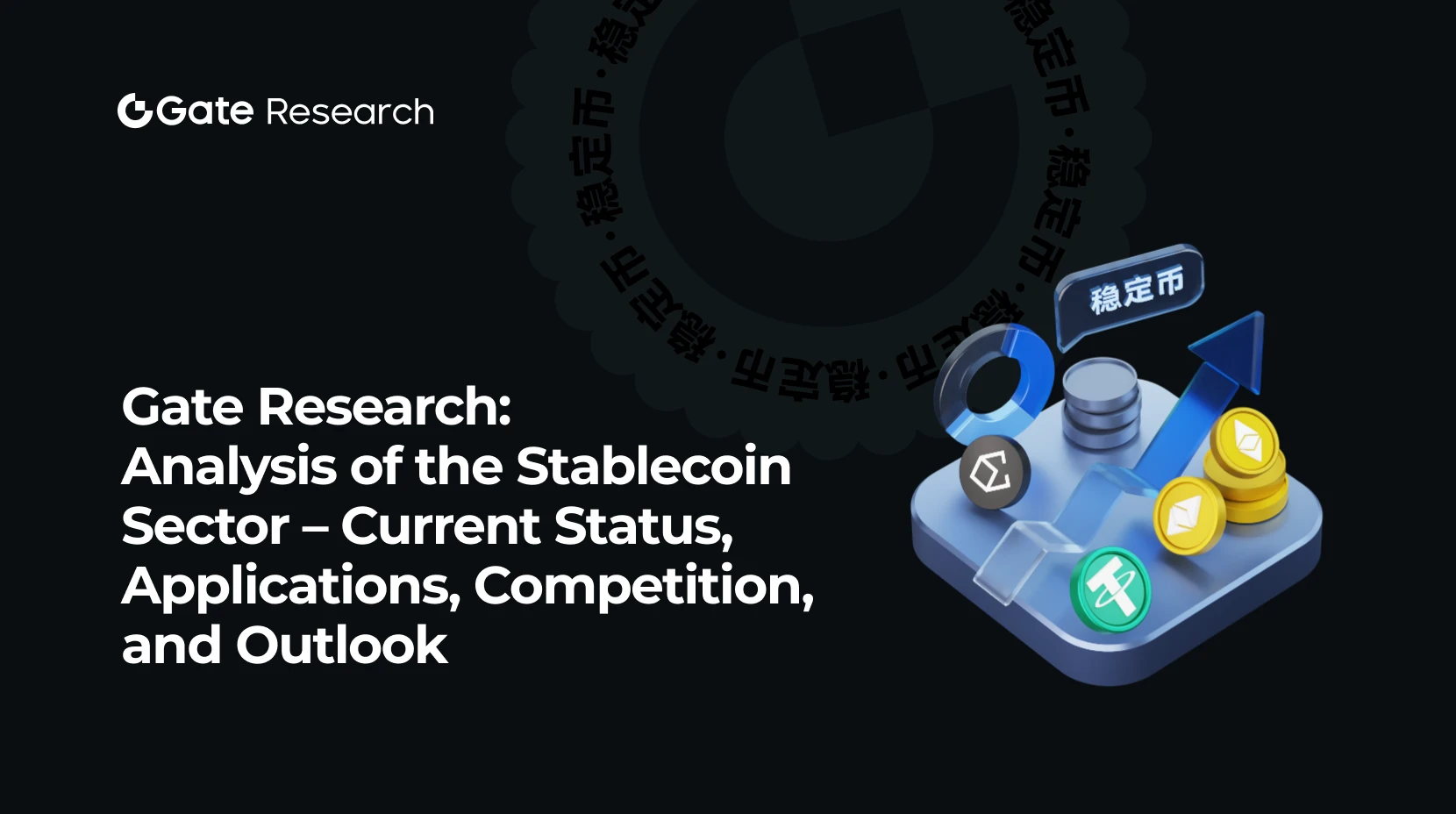P2P

C2C (Customer to Customer) in the cryptocurrency domain refers to a trading model where users directly exchange digital assets with each other without the need for centralized intermediaries. This trading model leverages the decentralized nature of blockchain technology, allowing buyers and sellers to connect and complete transactions directly. C2C trading platforms typically offer escrow services, reputation systems, and dispute resolution mechanisms to enhance transaction security. Globally, especially in regions with underdeveloped traditional financial infrastructure or strict regulatory restrictions, C2C trading has become an important channel for acquiring cryptocurrencies, providing more flexible, private, and sometimes more cost-effective trading experiences.
Key Features of C2C
C2C trading in the cryptocurrency ecosystem has several distinctive features:
-
Transaction Autonomy: Users can set their own trading prices, payment methods, and transaction conditions without being restricted by platform-fixed rules.
-
Diversified Payment Channels: Support for various fiat payment methods including bank transfers, mobile payments, cash transactions, catering to different user needs.
-
Global Accessibility: Breaking geographical limitations, allowing users from different countries and regions to conduct cross-border transactions, particularly important for areas lacking traditional exchange services.
-
Escrow Services: Most C2C platforms provide escrow mechanisms that lock the seller's crypto assets until buyer payment confirmation, reducing transaction fraud risks.
-
Reputation Systems: User ratings and feedback mechanisms help the community identify trustworthy trading partners, establishing a foundation of trust for transactions.
-
Privacy Protection: Compared to centralized exchanges requiring KYC (Know Your Customer) procedures, some C2C platforms demand less personal information, offering greater privacy.
Market Impact of C2C
The C2C trading model has had a profound impact on the cryptocurrency market:
In terms of financial inclusion, C2C platforms provide access to crypto assets in regions underserved by traditional banking, promoting global adoption of cryptocurrencies. Many users in emerging markets first encounter cryptocurrencies through C2C channels, making these platforms important gateways for digital asset adoption.
Regarding price formation mechanisms, C2C markets often reflect local supply and demand conditions, potentially showing premiums or discounts compared to global exchange prices, forming unique price discovery mechanisms. These differences reflect local market conditions, regulatory environments, and fiat currency stability.
Meanwhile, C2C platforms have become incubators for innovation, driving the development of various transaction security mechanisms such as smart contract escrow, multi-signature wallets, and reputation systems, enhancing the security and convenience of peer-to-peer transactions.
Risks and Challenges of C2C Trading
Despite its convenience, C2C trading faces multiple risks and challenges:
-
Fraud Risk: Trading counterparties may use false identities or forge payment proofs; scams can occur when platform escrow mechanisms are imperfect.
-
Regulatory Uncertainty: Different countries have varied attitudes toward C2C cryptocurrency trading, possibly facing sudden policy changes resulting in platform closures or operational restrictions.
-
Liquidity Limitations: Compared to large centralized exchanges, C2C platforms typically have lower trading depth and speed, with large transactions potentially facing slippage or slow execution.
-
Imperfect Dispute Resolution Mechanisms: When transaction disputes arise, the lack of unified, efficient arbitration processes may lead to prolonged fund freezes or losses.
-
Price Volatility Risk: Time gaps between fiat payment confirmation and cryptocurrency release may result in actual transaction value changes due to market fluctuations.
-
KYC and Privacy Balance: To comply with regulatory requirements, more C2C platforms are introducing identity verification procedures, potentially conflicting with user privacy expectations.
A crucial aspect of C2C trading is that it provides alternative channels to resist financial exclusion and regulatory restrictions, allowing cryptocurrencies to circulate in various socioeconomic environments. In some markets, it has become the primary method for acquiring cryptocurrencies, indicating that peer-to-peer trading plays an irreplaceable role in the crypto ecosystem.
For the future development of the cryptocurrency field, the importance of the C2C trading model lies in its embodiment of core blockchain concepts - decentralization, peer-to-peer value transfer, and financial autonomy. Although centralized exchanges have advantages in trading speed and liquidity, C2C platforms continue to meet specific market needs by providing direct user connections and diverse payment options, becoming an indispensable component of the cryptocurrency ecosystem.
Share
Related Articles

What Is USDT0

Web3 Payment Research Report: How Stablecoins Will Evolve in 2025
